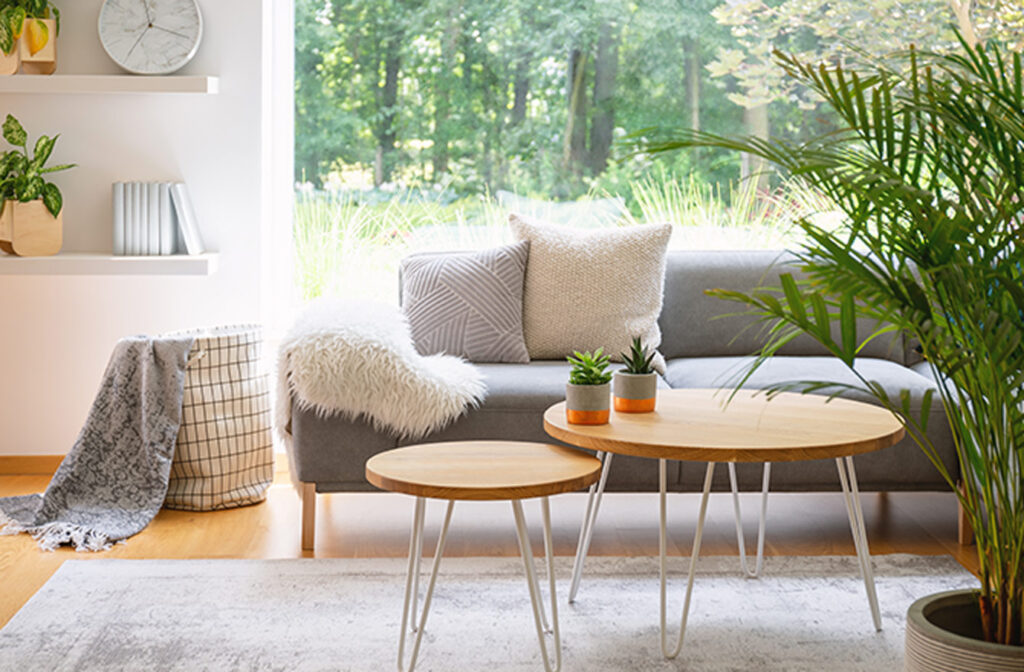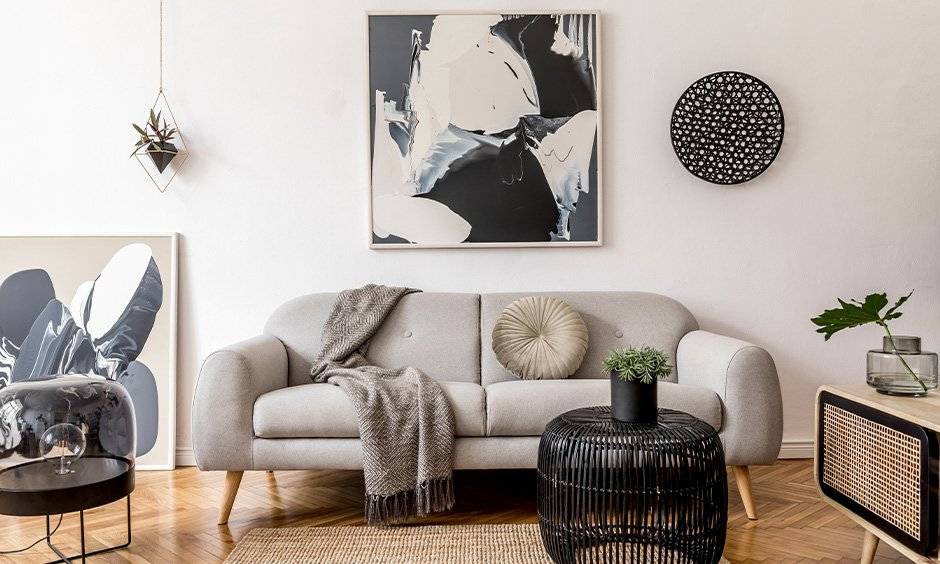Scandinavian minimalism has become one of the most influential trends in global fashion and lifestyle, shaping how people dress, decorate their homes, and even approach daily routines. Characterized by clean lines, neutral colors, and understated elegance, this aesthetic reflects a cultural philosophy rooted in simplicity, functionality, and quality over quantity.
At its core, Scandinavian minimalism emphasizes the principle of “less is more.” In fashion, this translates into timeless wardrobe staples that can be effortlessly mixed and matched. Think well-tailored coats, monochromatic knitwear, structured trousers, and versatile leather accessories. The focus is on natural fabrics such as wool, cotton, and linen, which not only provide comfort but also stand the test of time. Unlike fast fashion, which promotes fleeting trends, the Scandinavian approach encourages investment in fewer but better-quality pieces that remain stylish season after season.
The color palette plays a significant role in defining this aesthetic. Shades of white, beige, grey, and black dominate, creating a sense of calm and sophistication. Occasional earthy tones, such as muted greens or soft browns, are introduced to add warmth without overwhelming the simplicity. This careful selection of colors is a hallmark of both Scandinavian fashion and interior design, making it easy to create cohesive and harmonious looks.

Lifestyle choices also mirror this minimalist mindset. Interiors often feature functional furniture, open spaces, and a blend of natural light with neutral hues to create a serene environment. The concept of “hygge,” which focuses on coziness and contentment, complements the minimalist approach, proving that simplicity does not have to feel cold or stark. Scandinavian homes often showcase a balance between beauty and utility, with each item serving a clear purpose while maintaining aesthetic appeal.
The global popularity of Scandinavian minimalism can be attributed to its adaptability. Whether in fashion or lifestyle, its principles resonate with modern consumers who are seeking a more sustainable and thoughtful way of living. By prioritizing quality, authenticity, and functionality, this trend offers a refreshing alternative to the fast-paced, cluttered world of consumerism.
Ultimately, Scandinavian minimalism is not just a design trend but a lifestyle philosophy. It celebrates the beauty of simplicity, encourages mindful choices, and proves that true elegance often lies in what is left out rather than what is added.

